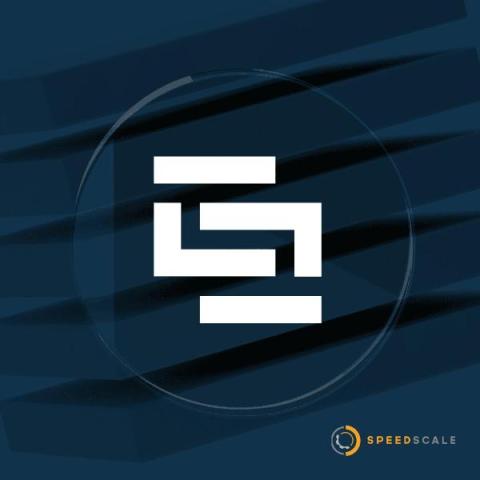Enterprise-Grade Service Mesh: A Reference Architecture with OpenShift, Istio, and Kong
The service mesh architecture pattern has become a de facto standard for microservices-based projects. In fact, from the mesh standpoint, not just microservices but all components of an application should be under its control, including databases, event processing services, etc.











